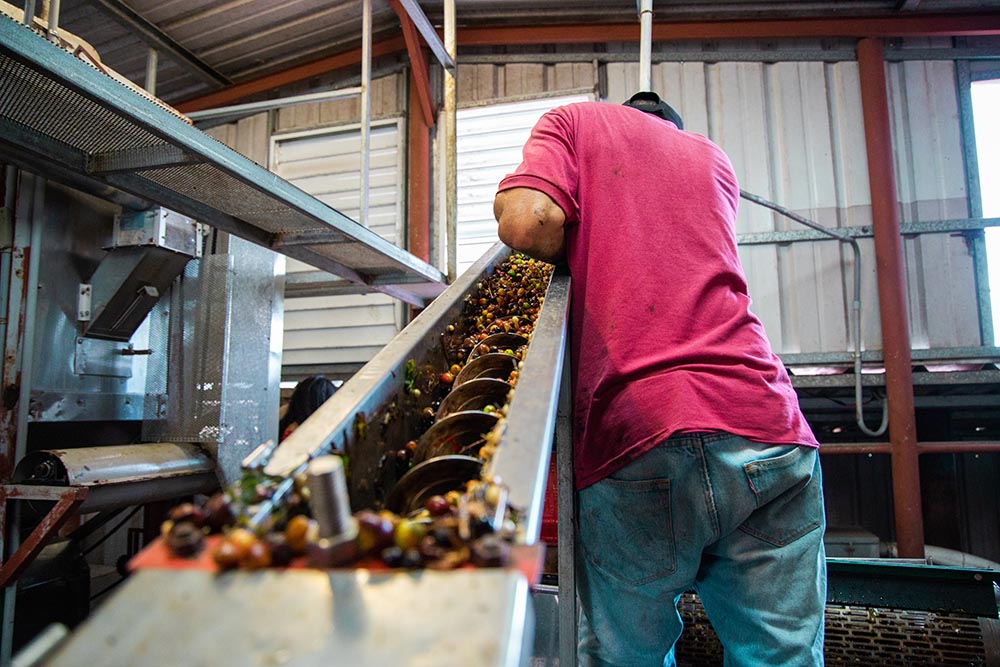In the world of specialty coffee, the processing method plays a crucial role in shaping the final taste of the brew. While traditional methods like washed, natural, and pulped natural processing continue to dominate, there has been a surge of interest in modern processing techniques. These innovative methods are pushing the boundaries of flavour, creating unique and exciting profiles that are transforming the specialty coffee industry.

Why Do We Process Coffee?
Each coffee cherry consists of layers: outer skin, pulp, pectin layer, parchment, and silverskin – the last layer surrounding two beans locked inside. The goal of processing is to remove these layers and get to the essence of the product, the coffee bean, and then to dry the bean to the optimal level. However, many desirable, interesting flavours come from the fruit, juice, or pulp, and not from the seed itself. That is why processing is such a crucial and demanding task.
Traditional Methods of Coffee Processing
Natural Processing
The oldest processing method, natural processing, involves drying the fruit first and removing the layers in step two. It comes from countries with limited access to water, such as Ethiopia and Yemen. The harvested fruit is dried entirely in the sun, making sure it’s evenly spread and regularly turned. Once the moisture level is accurate, when the fruit looks more like a raisin than a fresh cherry, the bean is separated from other layers.
Washed Processing
Washed processing is the dominant coffee processing method. Beans processed in this way are more acidic than natural. They are perceived as cleaner, more transparent and complex in taste, with lighter bodies. Wet processing is popular in African countries and Latin America. The ripe fruits are passed through the de-pulper, which separates the seed from the flesh, but a lot of the pulp still remains on the surface of the seed. For this reason, the seeds are thrown into water, where the remaining layer falls off the bean. The beans also undergo fermentation. Depending on the technique, washing station, climate and many other factors, such a process takes from several hours to even several days. The coffee is then taken out of the water and dried in the sun or in the shade.
Modern Methods of Coffee Processing
Honey Processing
Honey processing is a hybrid method that combines elements of both the natural and washed processes. After the coffee cherries are harvested, the outer skin is removed, but some or all of the mucilage (the sticky substance surrounding the coffee bean) is left on the bean as it dries. This process can result in a coffee that has some of the body and sweetness of a natural-processed coffee, but with the cleanliness and clarity of a washed coffee.
Anaerobic Fermentation
Anaerobic fermentation is a relatively new method in coffee processing. It involves placing the coffee cherries or beans in a sealed container to limit their exposure to oxygen. This creates an anaerobic (oxygen-free) environment that encourages the growth of certain bacteria and yeasts, which can significantly alter the flavour profile of the coffee.

Conclusion
The processing method plays a crucial role in shaping the final taste of the coffee. While traditional methods like washed, natural, and pulped natural processing continue to dominate, modern methods like honey processing and anaerobic fermentation are pushing the boundaries of flavour, creating unique and exciting profiles that are transforming the specialty coffee industry.
